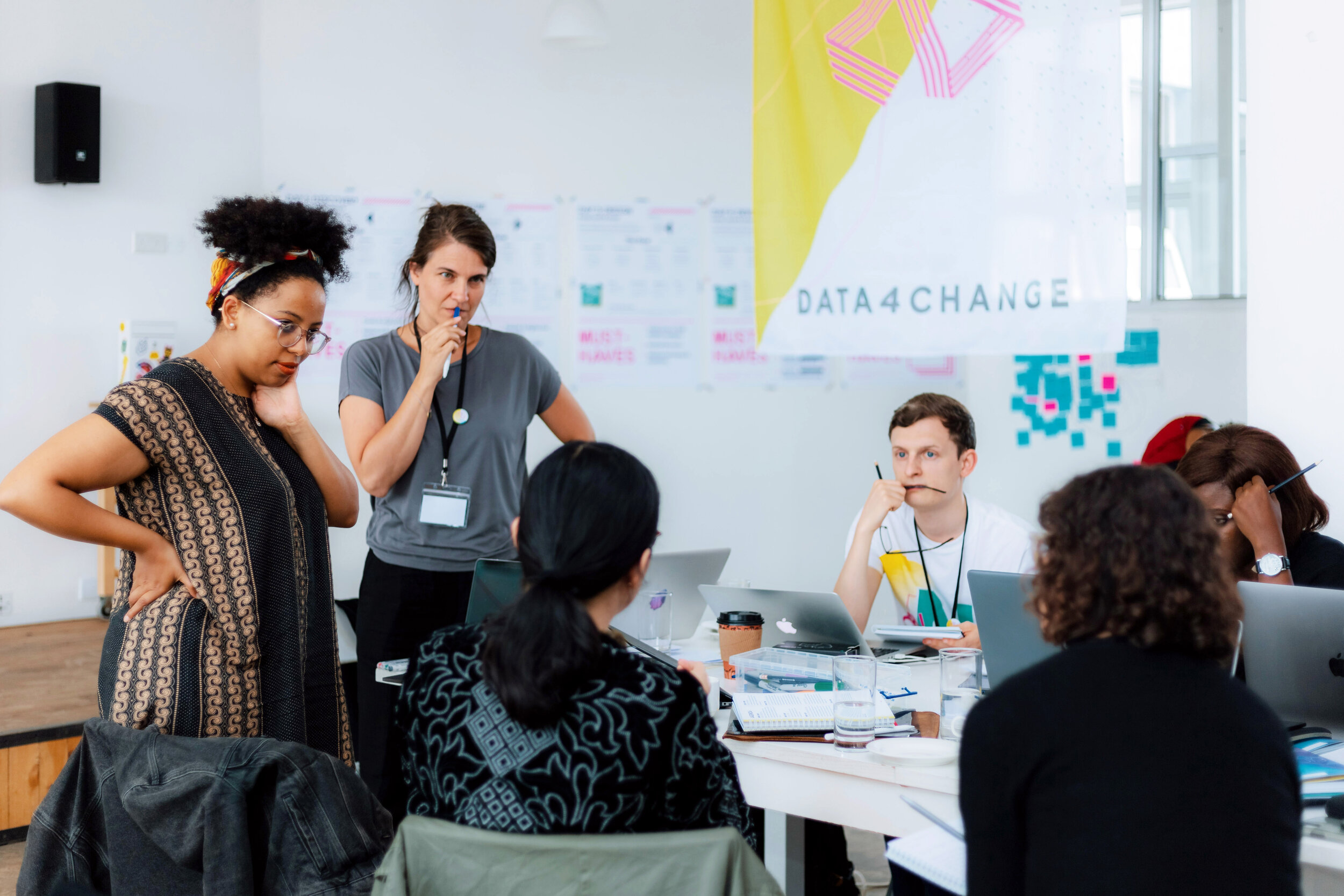
A design sprint is a five-phase process that uses design thinking to create innovative solutions to complex problems in a very short timeframe. We’ve optimised the design sprint for data-driven projects.
WHAT MAKES US DIFFERENT?
Perspectives
Our sprint teams are
multi-disciplinary and consist
of the best local, regional and international data, tech, design and journalism professionals in the world.
Collaboration
We have modified the design sprint model and optimised it for data-driven projects. As an organisation we have the experience, tools and processes to work with data efficiently.
Impact
We have expert knowledge of the non-profit sector and use the design sprint model to create projects that can change the world, not just sell products or services.
SPRINT OUTPUTS
One dayA half-day or full-day sprint is a great way to generate lots of ideas quickly and sketching them out on paper. The outputs include concepts, sketches, wireframes and user flows, which you can show to your stakeholders and beneficiaries to get feedback and to plan next steps.
Three daysIf you’re looking to get something more polished then the three-day sprint is the way to go! You’ll choose the strongest concept and develop it further, creating static or interactive prototypes. Your prototype will also have a preliminary visual design, making it easier to picture it in the real world.
Five daysYou’d be amazed at what you can create in just five days! This sprint will turn raw ideas into fully functioning and beautifully designed interactive prototypes that you and your team can test with your beneficiaries to see if your proposed ideas will work in the field. It won’t take much work to launch it.
OUR SPRINT PROCESS
DiscoverThis is the first and most important phase of any design sprint. At a Data4Change sprint, this is where you’ll learn all about the topic, data, stakeholders and target audiences so that you have a solid foundation to start creating concepts and solutions.
DefineDuring the second phase of our sprint, you’ll evolve your concept and work on the design and editorial structure of your project. You’ll do a lot of sketching and wireframing.
DesignIn the third phase, you’ll turn your paper sketches and wireframes into digital designs and begin to iterate. You’ll explore, create and produce a lot!
DevelopFor the fourth phase, you’ll begin to see things start to really take shape and begin to come to life, whether it be physical prototypes or digital you’ll be developing something you can test and use to get feedback.
DeliverIn this final and fifth phase, you’ll present your prototype to the group for feedback. Your presentation should include your process and iterations, as well as a post-sprint project plan detailing what tasks need to be done to launch the project.














